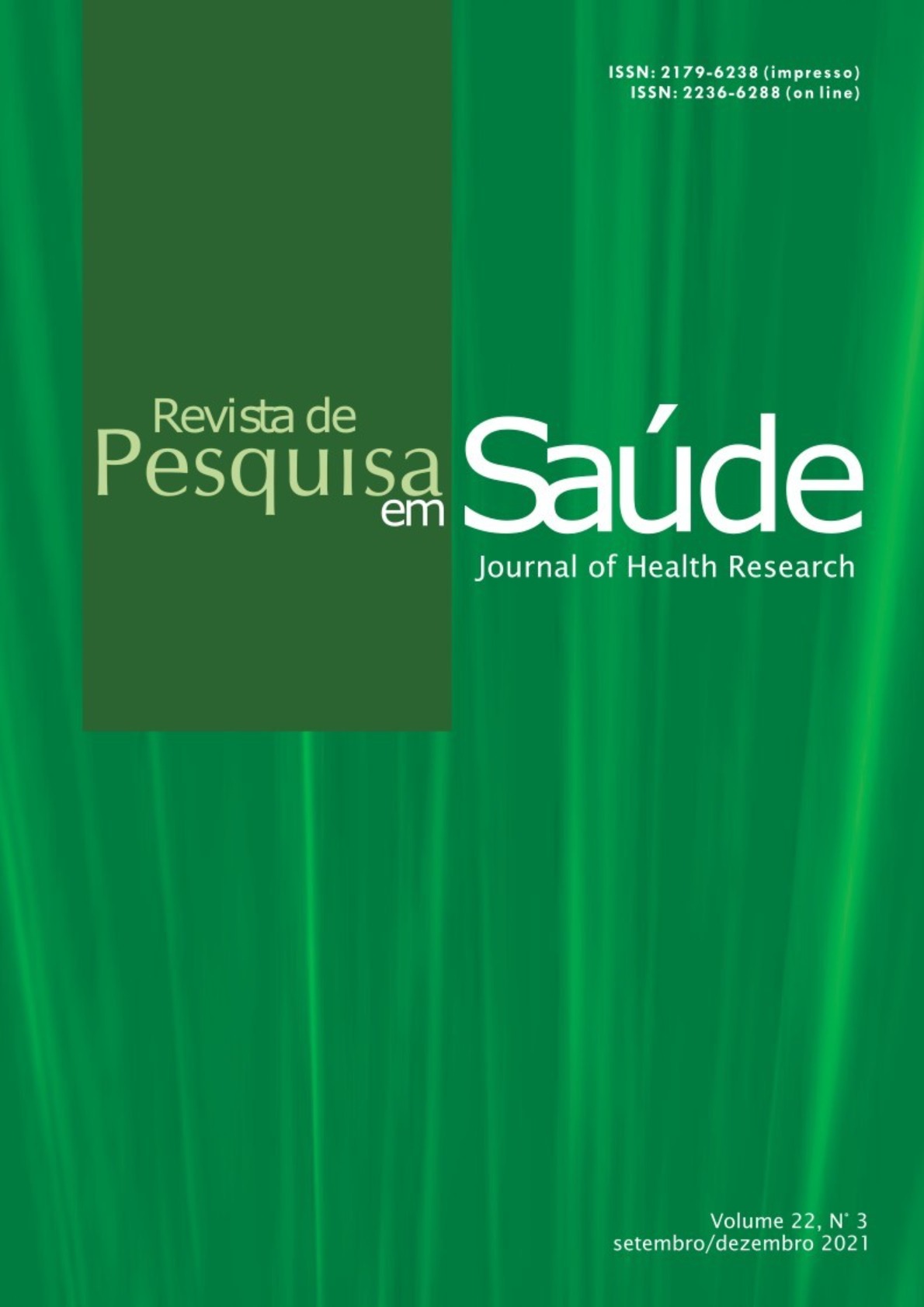DRUG ADDICTION AND ASSOCIATED FACTORS AMONG PEOPLE WHO ATTENDED A VOLUNTARY COUNSELING AND TESTING CENTER IN SOUTHEASTERN BRAZIL
Resumo
Abstract
Introduction: Volunteer Counseling and Testing centers (VCTs) are important facilities in the fight against HIV/AIDS in Brazil. Objective: The main objective of this study was to describe the profile of people who attended the VCT of the School Health Center of the Ribeirão Preto School of Medicine of the University of São Paulo (VCT-CSE), highlighting the prevalence of drug use among them. The associations between sociodemographic and behavioral characteristics of the participants and drug use were also studied. Methods: This is a descriptive cross-sectional study using secondary data collected from sheets registered in the VCT-CSE with information about all 424 individuals who have undergone the service from January 1st to December 31st, 2016. Results: Attendees tend to be single (58.5%), white (59.2%), the vast majority (83.9%) had at least 8 years of formal education, and 56.5% were in the age group 25 to 35 years old. Occasional or regular use of alcohol was reported by 56.6% of the attendees. Marijuana is the most used illicit drug, followed by inhaled cocaine. Regular use of alcohol was higher among students, divorced people, and those with many sexual partners in the last 12 months. Marijuana usage was higher among younger individuals (15.4%), those who had 10 or more sexual partners in the last 12 months (33.3%) and alcohol users. Conclusion: Alcohol and marijuana are the most frequently reported drugs used by attendees, and the number of sexual partners is associated with the use of these drugs.
Keywords: Health Services. Drug Utilization. Marijuana Use. Alcohol Drinking. Primary Health Care.
Downloads
Downloads
Publicado
Como Citar
Edição
Seção
Licença

Este trabalho está licenciado sob uma licença Creative Commons Attribution-NonCommercial-NoDerivatives 4.0 International License.
Direitos autorais Revista de Pesquisa em Saúde
Este obra está licenciado com uma Licença Creative Commons Atribuição-NãoComercial-SemDerivações 4.0 Internacional.


